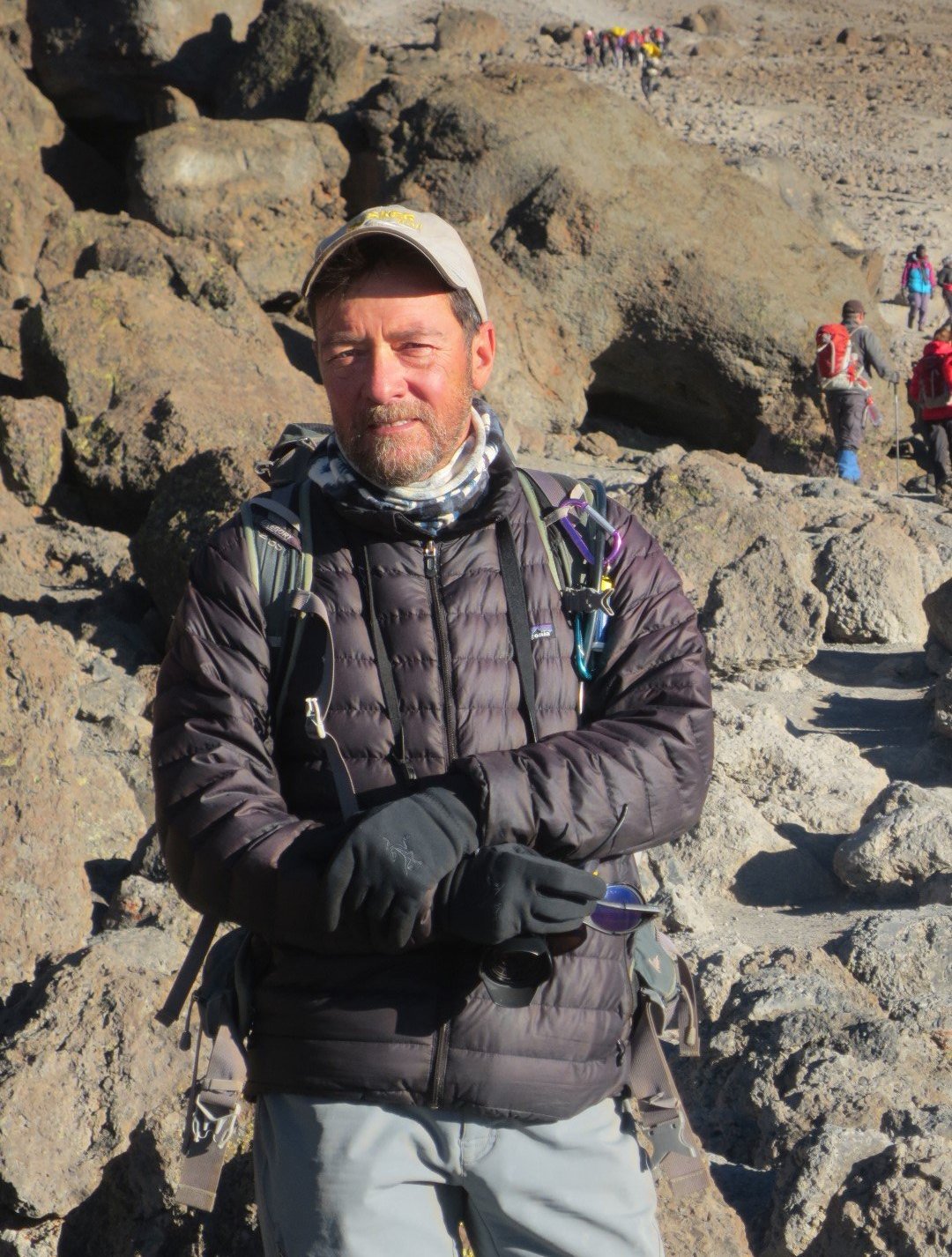
The A-HA! moment happened when I realized that I would start coughing at 13,000 ft. when I took a breath. The breath triggered the cough. What was it about 13,000 ft. that triggered it? The cold and dry air. A-HA!
The cold dry air irritated my throat which eventually developed into chronic bronchitis. So I figured if I wrapped a BUFF around my head and mouth, and breathed through the BUFF, my breath would moisten the material, and I’d be inhaling moistened air. It worked.

What fun to climb in the BUFF.


